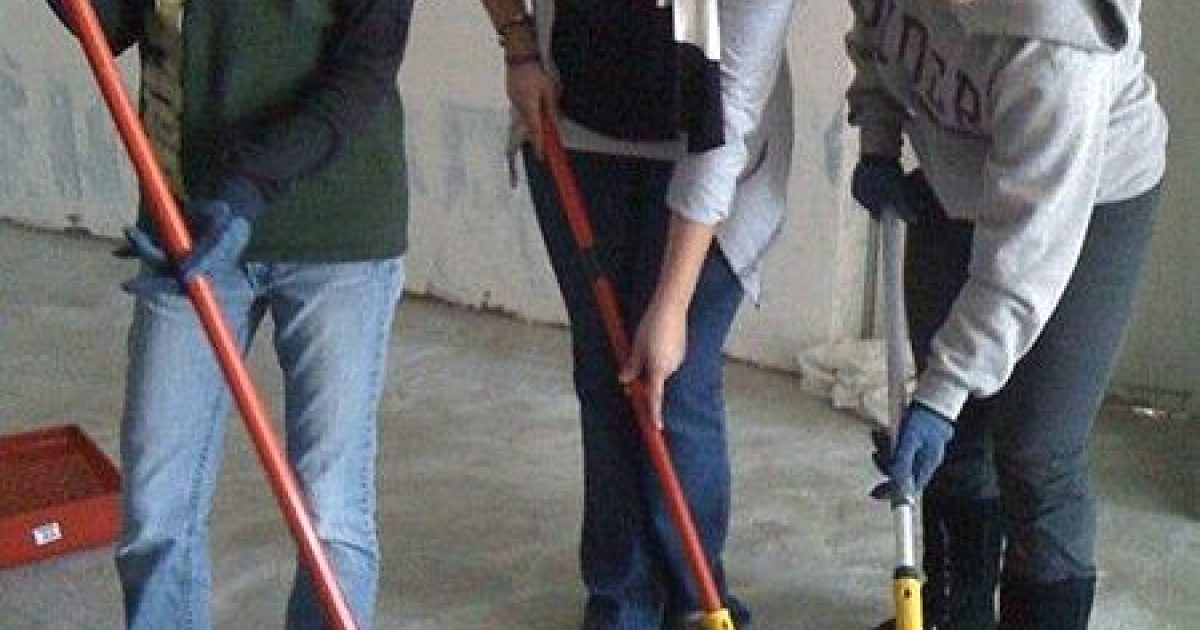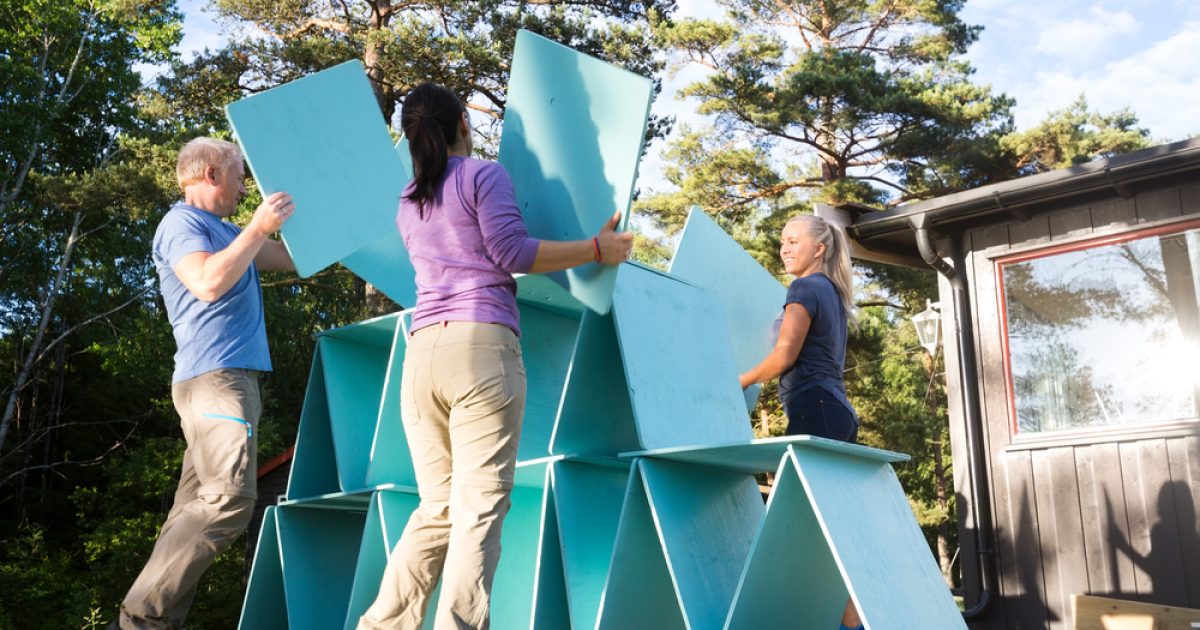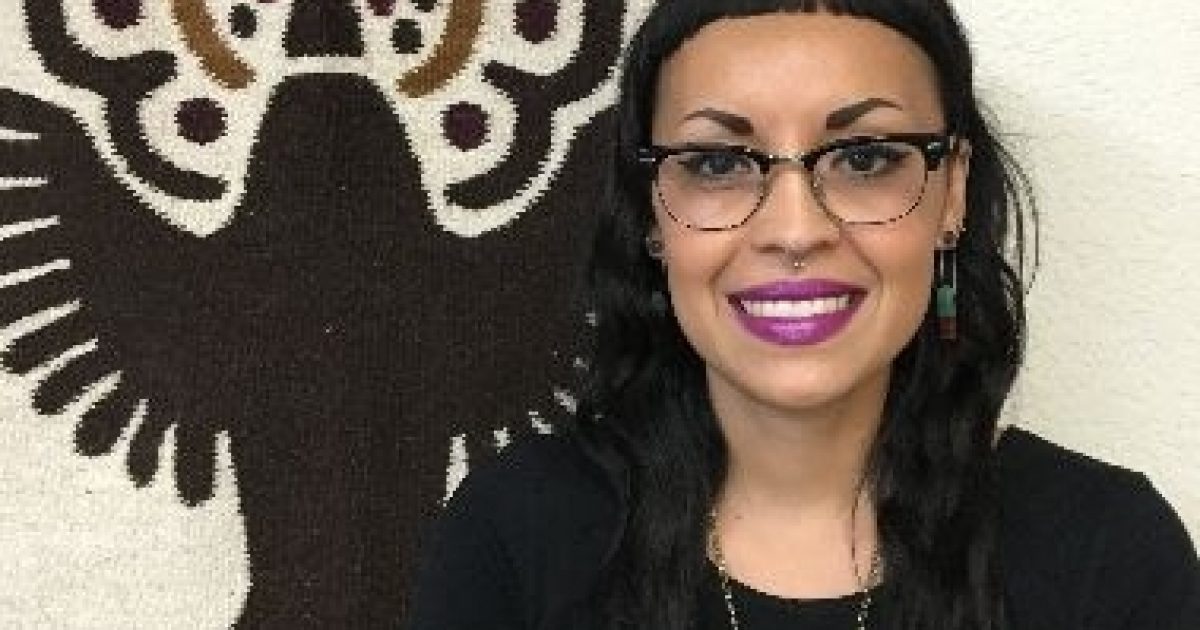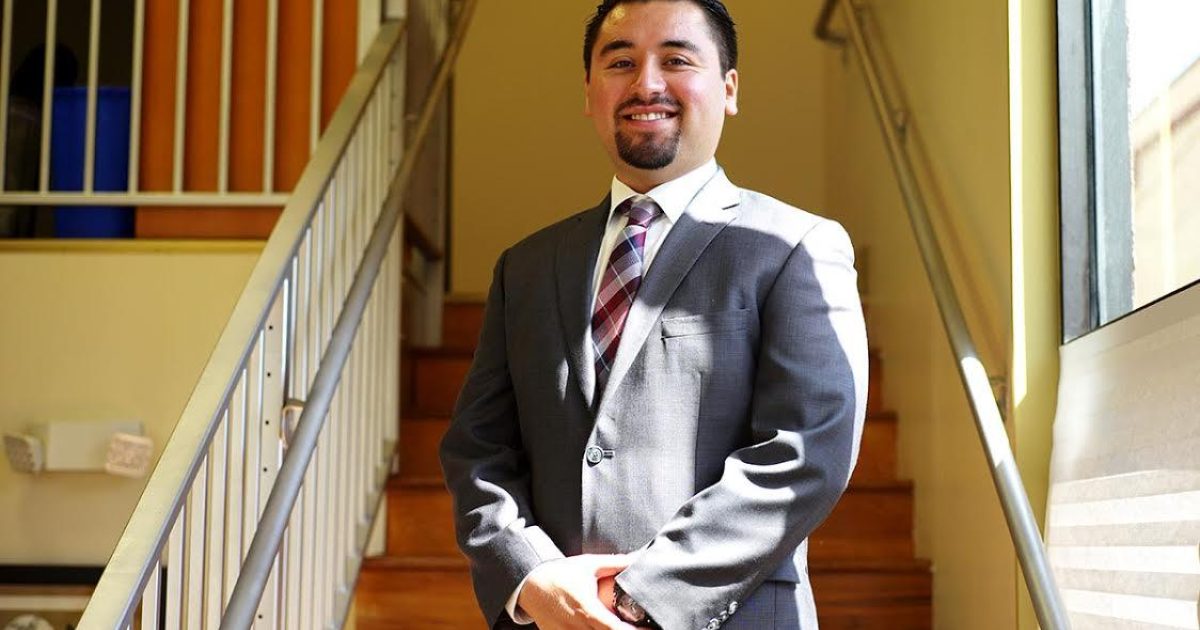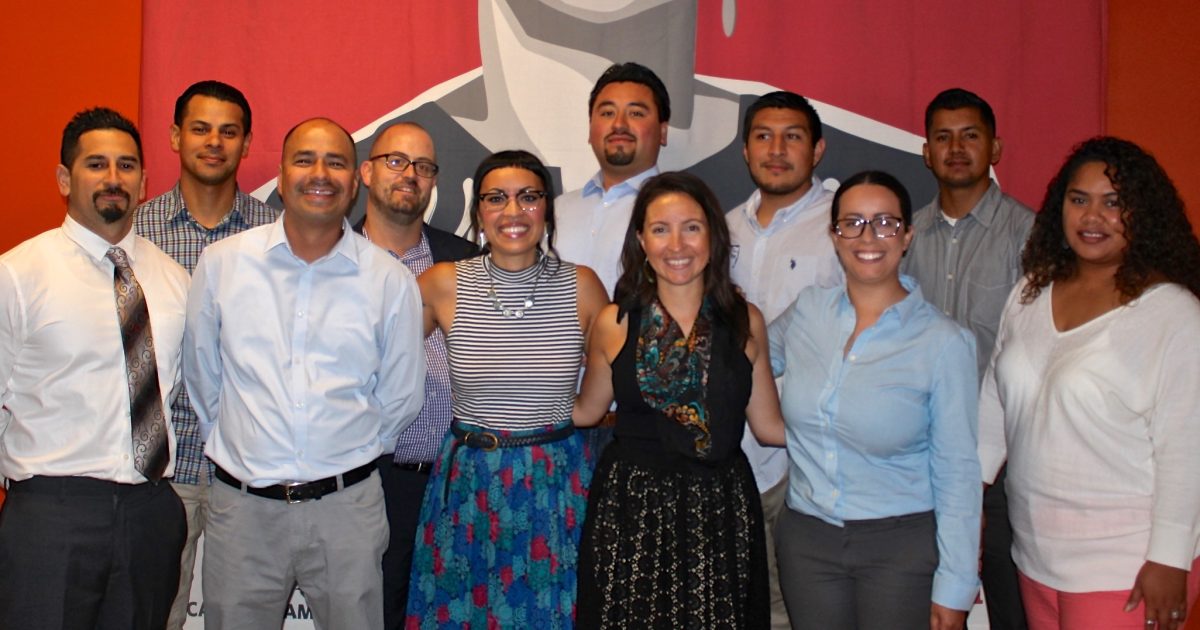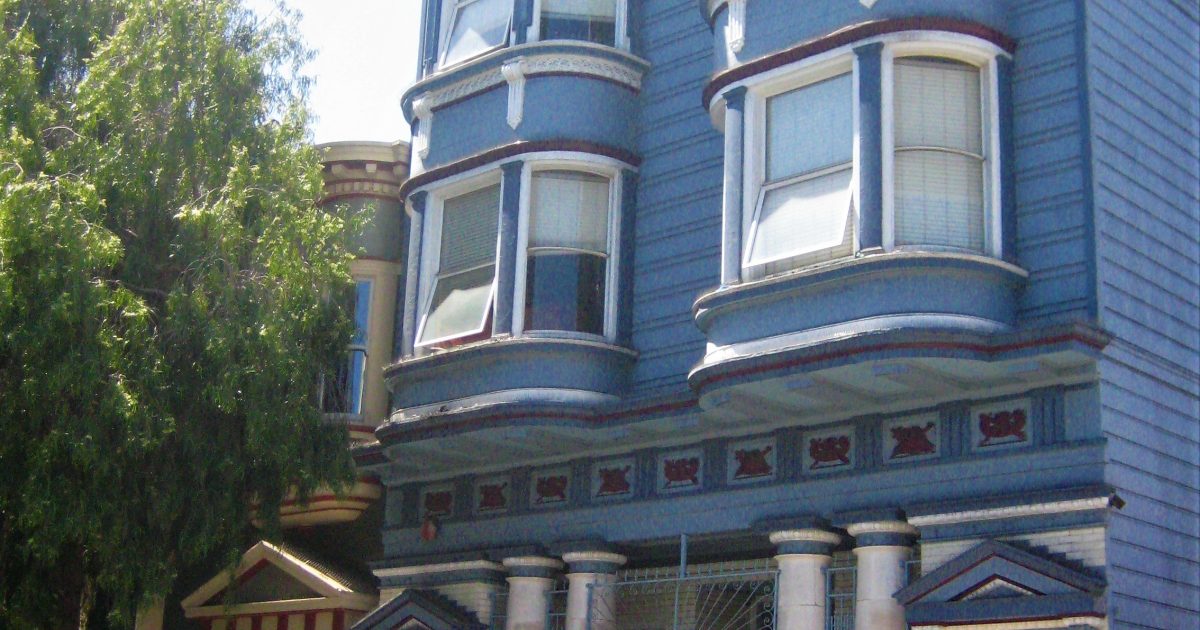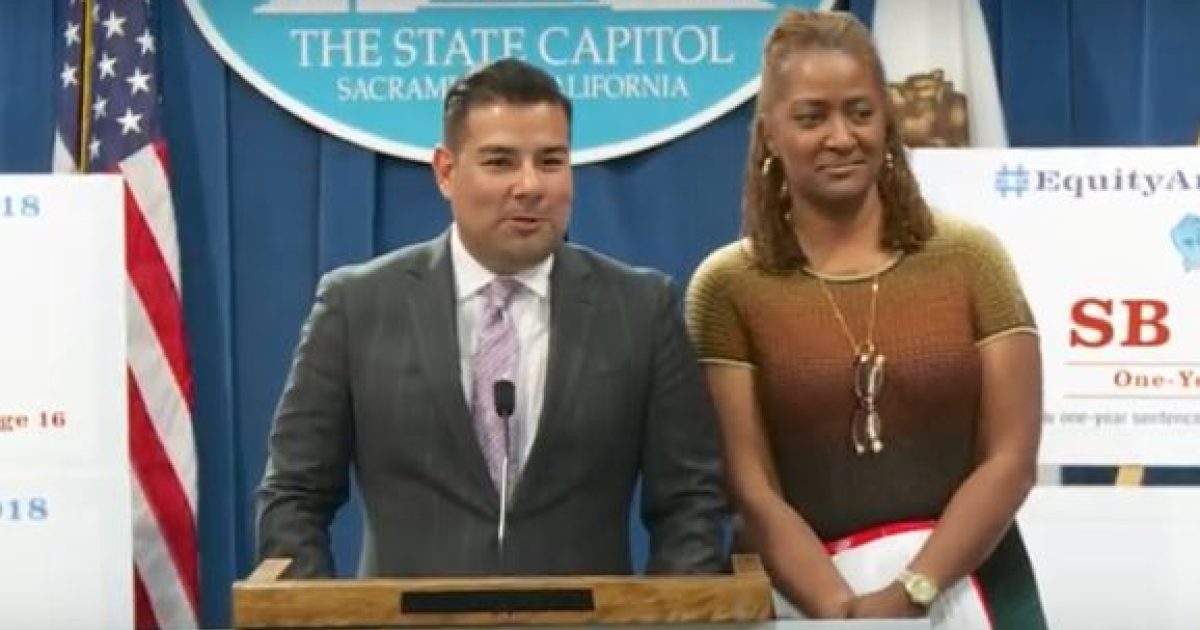CJCJ celebrates the success of its Probation Enrichment Program, a new report investigates how CA counties spend millions intended for youth, and Cameo House residents learn about their voting rights and civic engagement.
CJCJ in the News May 30, 2018
California’s ‘Close to Home’ Programs Must Invest in Communities, Not Corrections
CJCJ Communications and Policy Analyst Renee Menart authors an Op-Ed in the Juvenile Justice Information Exchange (JJIE) about two California grant programs that provide nearly $280M for local services, and how these funds can be better spent through community-based programming.
Blog May 23, 2018
Building Collective Power for a Better Future
Tina Curiel-Allen – a writer, poet, community leader, and Next Generation Fellow – offers a glimpse into her past, the challenges she faced during re-entry, and her hopes for the future.
Blog May 18, 2018
Leadership through Adversity
Cristian Franco, a youth mentor and community advocate, discusses the power of sharing your story and the ways the Next Generation Fellowship helped as he shaped his own.
Dr. Young-Alfaro’s recent study, which follows ten young adults attending college after incarceration, finds college success linked to participation in student-led groups and activism.
Publications May 15, 2018
New Report: California Juvenile Justice Funding in Five Bay Area Counties Shows Opportunity for Reinvestment
A new CJCJ report investigates how California’s counties spend millions meant to serve youth locally and finds spending priorities that are out of step with juvenile justice trends and best practices.
Blog May 10, 2018
From Sitting in Detention to Standing in Culture
2017 Next Generation Fellow, Brayan Pelayo, shares his journey from childhood to community leadership. Brayan works to help transform the justice system into one that provides structural opportunities for racial equality and social justice.
Cameo House upgrade project will bring CJCJ programs together, new fact sheet finds local juvenile facilities can absorb state system, and CJCJ youth joins peers at San Francisco’s Youth Advocacy Day.
CJCJ Senior Research Fellow Mike Males pens an Op-Ed on decreased gun violence among youth in major cities across the U.S. amid the nation’s continued atrocities of gun violence and mass shootings.
Applications are now open! The second-annual NGF leadership program brings together emerging leaders impacted by justice-involvement to advance racial justice, cultural healing, and policy advocacy.
Blog Apr 18, 2018
CJCJ Transitions to a New Home
This spring, CJCJ is excited to announce our move to a new home in the heart of San Francisco’s Mission District!
Senate Bill 1391 will end the transfer of younger teens into adult criminal court, keeping them in the juvenile justice system where education and rehabilitation services are mandatory.
